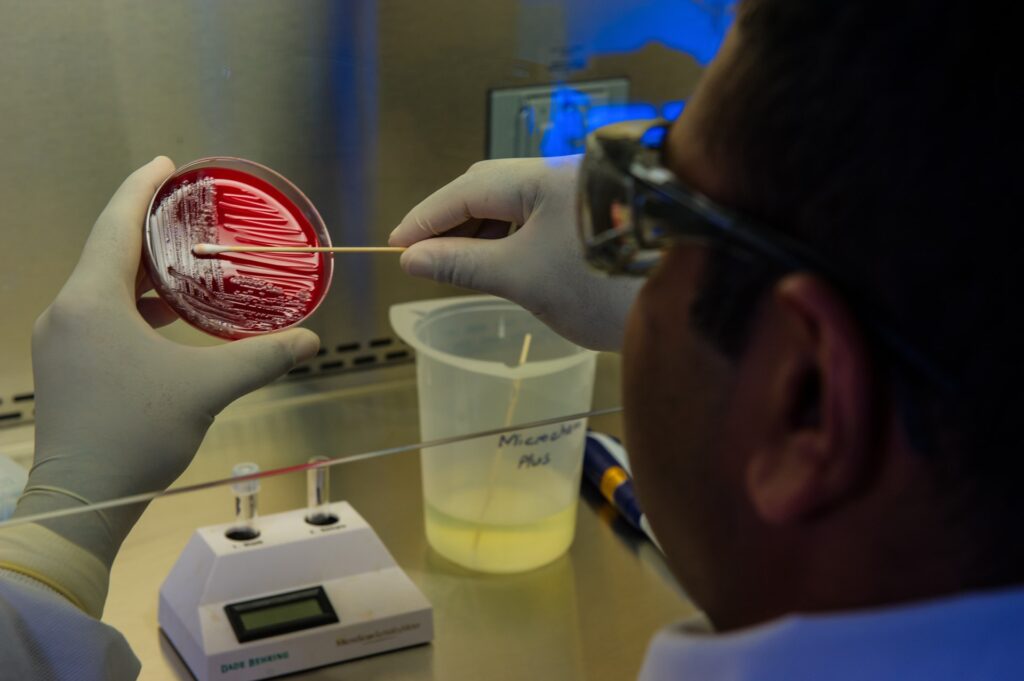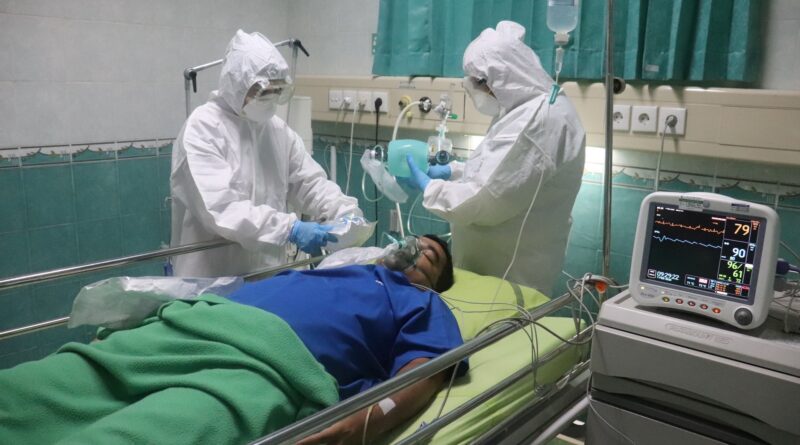5 Smart Strategies to Improve Protein Production Services
Recombinant protein production is an essential process of life science research and the development of biotherapeutics. There is a growing demand for recombinant protein in biomedical research. However, this process has experienced several challenges, such as low protein expression and solubility that eventually affect protein production.
While several hosts produce recombinant proteins, the most preferred choice is E. coli because of its more accessible culture and short life cycle. During a specific protein production service, you can use several strategies to improve the process. These strategies optimize protein production by increasing the expression and solubility of overexpressed protein. In this guide, we look at smart strategies you can use to improve protein expression and solubility.
Choose the best expression host.

Start by choosing the best expression host that will improve protein solubility. Several expression hosts are used for recombinant proteins such as bacteria, yeast, or mammalian cells. Choose an expression system that expresses that protein with all the desirable post-translational modifications.
The best expression hosts are the bacterial adapted strains with mutations to reduce proteolytic degradation. This protein expression medium is ideal for the production of recombinant proteins. The E. coli is usually the preferable host for recombinant proteins because of its low cost. Its well-known biochemistry and genetics, rapid growth, and good productivity make it the best expression host.
If you’re experiencing protein overexpression, change the culture parameters of the recombinant host strain. Selecting the best bacterial strain for E. coli can enhance the quality of protein production services. The growth medium supports the expression of heterologous proteins, which enhances the solubility of all that protect.
Specify a suitable expression vector
An expression vector or expression construct is designed for gene expression in cells during protein production. These expression vectors allow high-level expression of foreign genes in host cells. Since the expression vector plays a crucial role in producing recombinant proteins, you must choose an ideal expression vector.
When choosing an expression vector, there are some factors you should keep in mind. The system’s expression vectors comprise promoters, replicons, cloning sites, and fusion protein. A suitable expression vector includes a strong promoter, correct translation initiation, and an initiation codon.
In most cases, the expression vector has a purification tag that helps purify the protein after the expression. Choose an expression vector that is specific to the expression system. Another way is to use a strong promoter that allows prime product accumulation within host cells and minimizes any unfavorable impact like toxicity on cell growth.
Codon optimization
You can address rare codons by using codon optimization. This is where you replace the rate codons with the common ones in a transgene while maintaining the amino acid sequence. Codon optimization is a gene engineering approach that uses synonymous codon changes to increase protein production. Various codons encode most amino acids during the process, meaning several tRNAs correspond to a single amino acid.
Optimizing a gene of interest’s codon usage in a specific heterologous expression system can enhance its translation rate. The primary strategy of colonization is to increase the rate of translation elongation by overcoming limitations associated with differences in codon usage and transfer RNA abundance. It happens through exploiting the natural resource present in tRNAs content. The action occurs in the presence of sequences of available amino acids.
Codon optimization enhances protein abundance by removing rare codons and replacing them with the host organism’s codons. It also boosts the mRNAs elongation speed throughout the entirety of a sequence. Focus on changing the gene sequences to help increase expression and proper folding of the desired protein. Replace the rare codons with the target organisms’ preferred condoms to enhance the translation rate.
Use low expression temperatures.
The expression conditions can affect the protein production sequence. High expression temperatures affect the translation, replication, and transcription rates. Hence, use low expression temperatures to enhance bacterial growth and optimize expression. The cultivation of bacteria under control temperatures helps reduce protein aggregation.
Lowering the expression temperature improves the solubility of recombinantly expressed proteins. It slows down the protein synthesis rate and folding kinetics, which results in reduced hydrophobic interactions involved in protein aggregation. Reduced temperatures help optimize the expression and purification process. The low expression temperatures limit the protein aggregation and synthesis rate.
Expression temperatures affect the replication and transcription rates. You slow down the cell processes at low temperatures, reducing transcription and translation rates. The low expression temperatures also reduce protein degradation because of the poor stabilization of heat shock proteases. You slow down the cell processes, which reduces their transcription and translation drugs. You can use low inducible promoters to conduct the procedure. These promoters help maximize the system’s protein production under shallow temperature conditions.
Add a stability sequence.
Add a stability sequence to the production process to increase the unstable protein expression and improve purification service. A stability sequence functions by creating a buffer solution to optimize the production process. It can also amplify amino acids solubility and polymerization during the production process.
You can use several tags to improve purification efficiency and protein solubility. For example, you can use protein A with 280 amino acids to reinforce the protein solubility and maintain its folding ability. Fusion tags are crucial during protein production as they improve protein solubility. The process doesn’t hinder or mismanage protein folding. For example, add fusion tags at the C- and N- terminal protein parts. You can also perform the HTS screening to administer which tags become more efficient for the protein.
Another method is to use peptides composed of amino acids to help overcome the challenging situations related to protein composition and solubility. Peptide sequencing allows overcoming stability problems by dealing with the issues of protein solubility. The stability sequence can amplify every amino acid’s aggregation, solubility, and polymerization properties.
The Bottom Line
Since E. coli is a popular host for recombinant protein production services, you can adopt multiple sequences to produce recombinant proteins. It’s important to acknowledge the steps involved in protein production when improving the process. This article has looked at some smart strategies processes to enhance and enhance protein production. The strategies focus on providing an optimum whey protein expression condition. There is always an opportunity to implement new systems and use innovative reagents to improve protein production.



